Seeding the California Kelp Farming Industry
Kelp forests are facing unprecedented declines around the world, devastating both ecosystems and livelihoods in coastal communities. Warming waters, sea urchin predation, disease, and other compounding factors have decimated upwards of 96% of California’s bull kelp forests in the last decade. To pull off ambitious restoration goals, we need more tools in the toolbox.
Beginning in 2018, GreenWave teamed up with The Nature Conservancy California Oceans Program to investigate how ocean farmers could support bull kelp restoration. GreenWave collaborated with Hog Island Oyster Company and other partners to pilot bull kelp cultivation strategies, expand kelp seed production capacity in the state, and create market opportunities for ocean-farmed bull kelp.
In order to get gear in the water, GreenWave navigated California’s rigorous lease and permitting process for commercial kelp cultivation. This step was critical for demonstrating a pathway for what's possible in California, and for testing our theory that ocean farming can contribute to ecosystem restoration. “No new leases had been issued in California state waters for aquaculture in over 25 years,” says Kendall Barbery, GreenWave’s Director of Partnerships and Program Development. “But we found a bright spot in Humboldt Bay—the oyster capital of California—where there are a small number of pre-permitted areas for seaweed and shellfish cultivation.”
The first stage of the project was to partner with Cal Poly Humboldt to build a kelp nursery in their lab and train students and professors on seed production and farming techniques. In 2021, GreenWave deployed the first commercially permitted bull kelp farm in the state. “This was a leap forward for California’s industry and an opportunity to work with our wonderful partners at Hog Island Oyster Company, who provided on-the-water support,” says Kendall.
The company, which has been cultivating shellfish in the state since 1983, was eager to support the project and explore new ecologically responsible farming and business practices. “There’s room for seaweed in our arena,” says Hog Island Oyster Company’s Senior Scientist Gary Fleener. “The beneficial interplay between seaweed and shellfish co-cultivation is a chance for us to evaluate ways we can create market pathways for blue foods while contributing to restoration efforts.”
During the first season, GreenWave focused on optimizing bull kelp farming and seed production techniques. We set up the farm using a modular and scalable longline designed for one or two people to deploy using a small vessel. GreenWave adapted this design from other types of kelp cultivation to test its suitability for bull kelp. Unlike other species of commercially farmed kelp, bull kelp floats to the surface rather than sinking downward into the water column.
“We were surprised by how well this model performed given the difference in kelp morphology,” says Kendall. On the farm, the bull kelp produced an abundance of reproductive tissue that could be transplanted to restoration sites, or used for seed banking for restoration or commercial cultivation. The success of the farm design also means we could potentially deploy these longlines on or near restoration sites to provide marine habitat and seed material until kelp populations rebound. Urchin harvesters also used our cultivated bull kelp as bait in traps to help manage local urchin barrens.
Image Source: Peter Arcuni/KQED
We explored additional market pathways for cultivated bull kelp, including biostimulants, soil amendments, and animal feed supplements. Using farmed kelp in these applications can reduce harvesting pressures on wild bull kelp populations, offering another opportunity for restoration. Additionally, project partners at Sunken Seaweed, a California-based seaweed producer, dried and processed the kelp to test various food product applications.
With two farm seasons completed, initial workforce training and kelp seed infrastructure in place, and viable restoration and market opportunities identified, GreenWave passed the baton to HoldFast Aquaculture this fall. HoldFast Aquaculture is a bivalve and seaweed seed production company dedicated to strengthening aquaculture in the U.S. through education and research. Based in southern California, HoldFast Aquaculture has been working to extend their reach to northern California to bring their model, resources, and capacity for seaweed and bivalve cultivation to Humboldt Bay. “This is a great opportunity for California’s blue economy to take hold,” says Kendall.
“We’re extremely excited to get into the water in Humboldt Bay and build on this work,” says HoldFast Aquaculture’s Co-Founder and Chief Science Officer Nathan Churches. “Initially, we’re focused on starting a shellfish nursery and breeding program to research bivalve lines that grow best in association with kelp and other seaweeds.”
Last year, Holdfast Aquaculture launched an aquaculture certificate program in collaboration with Santa Monica College and aspires to expand similar programming at the neighboring Cal Poly Humboldt and College of the Redwoods campuses. “Our goal is to build up a trained workforce ready to support California’s growing aquaculture industry,” says Nathan.
For GreenWave, the hand-off is an opportunity to shift our attention to critical seed and farmer-accessible infrastructure needs while supporting the cluster of seaweed and shellfish companies emerging in California with essential training and value chain development.
With emerging projects in Humboldt Bay down the coast to San Diego, vibrant celebrations like the California Seaweed Festival, and companies such as Ocean Rainforest advancing offshore kelp farming, we’re excited to continue supporting the growing momentum across California and the role that ocean farmers can play in supporting restoration initiatives.
Special thanks:
Norah Eddy and Tristin McHugh, The Nature Conservancy
Gary Fleener, Warren Moak, and Lucas Sawyer, Hog Island Oyster Company
Charles Yarish, University of Connecticut Seaweed Marine Biotechnology Laboratory
Karen Gray, Kendall Barbery, Ashley Hamilton (former), Sam Garwin, and Grace Collery, GreenWave
Torre Polizzi and Leslie Booher, Sunken Seaweeds
Cliff Goudey and Domenic Manganelli, Tend Ocean
Rafael Cuevas-Uribe, Kalani Ortiz, Rick Zechman, Marzia Fattori, Jody Smith, and Hannah Joss, Cal Poly Humboldt
Chris Mikkelsen and Adam Wagschal (former), Humboldt Bay Harbor, Recreation, and Conservation District





